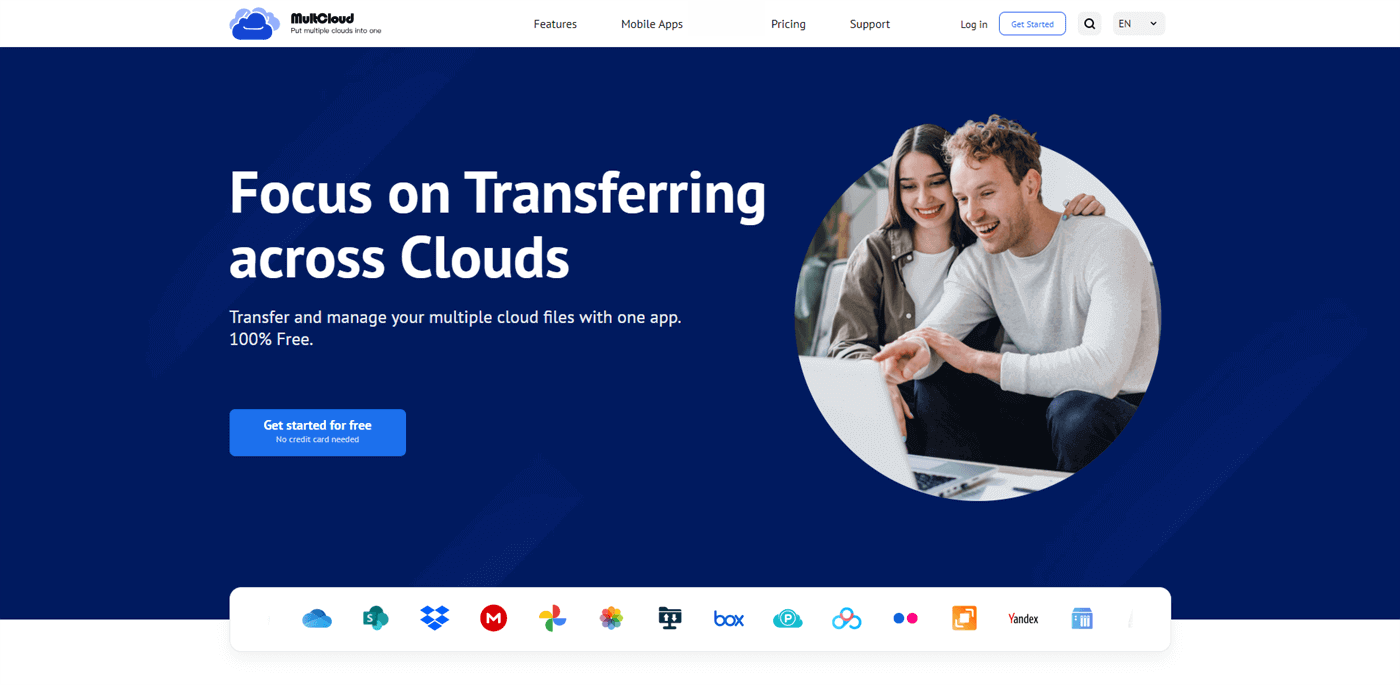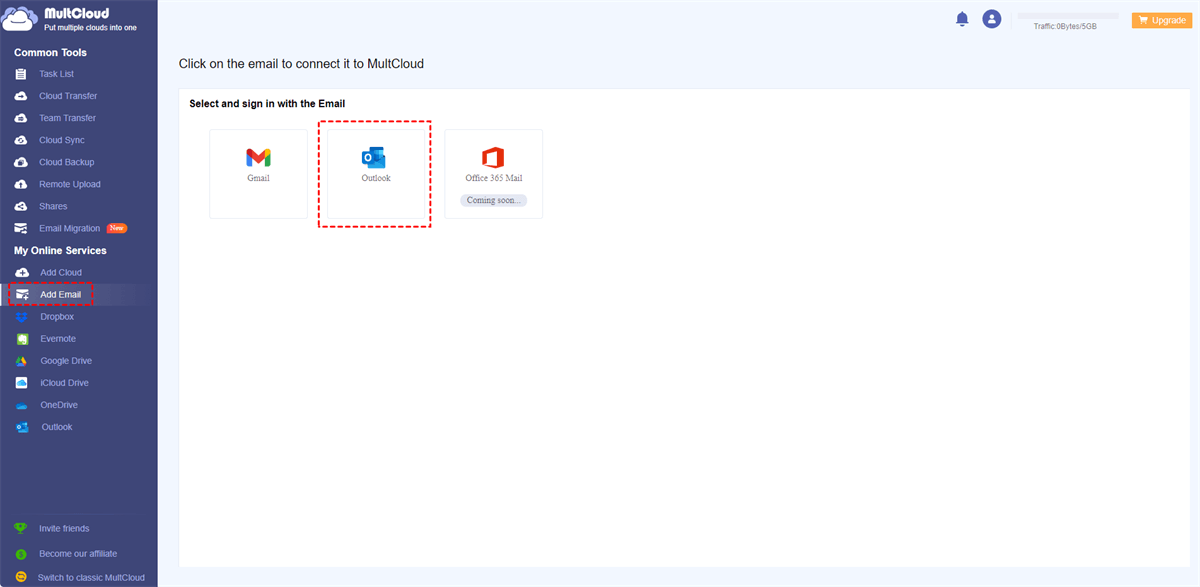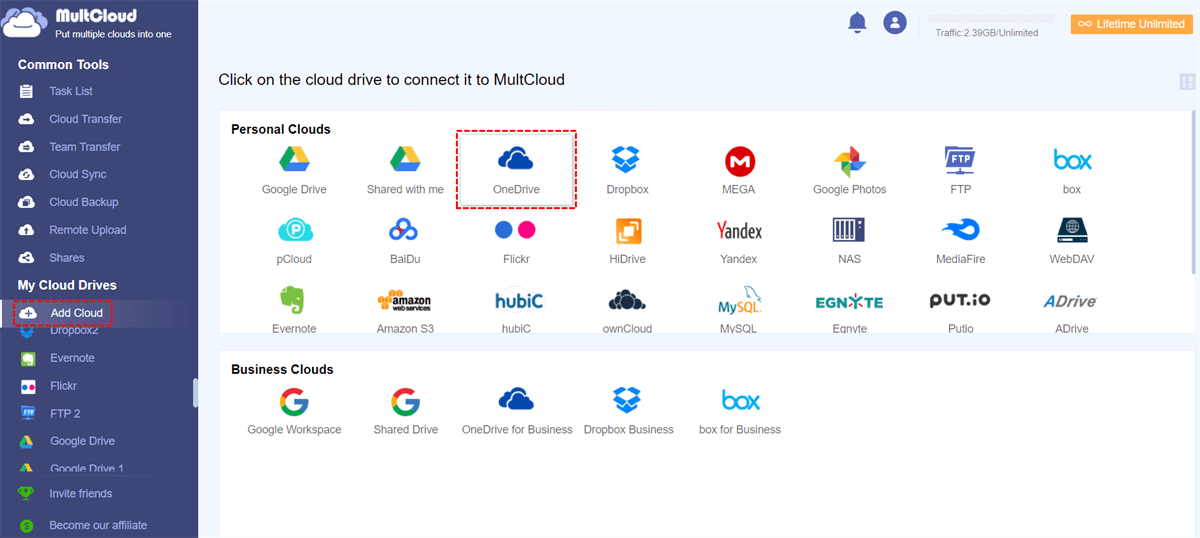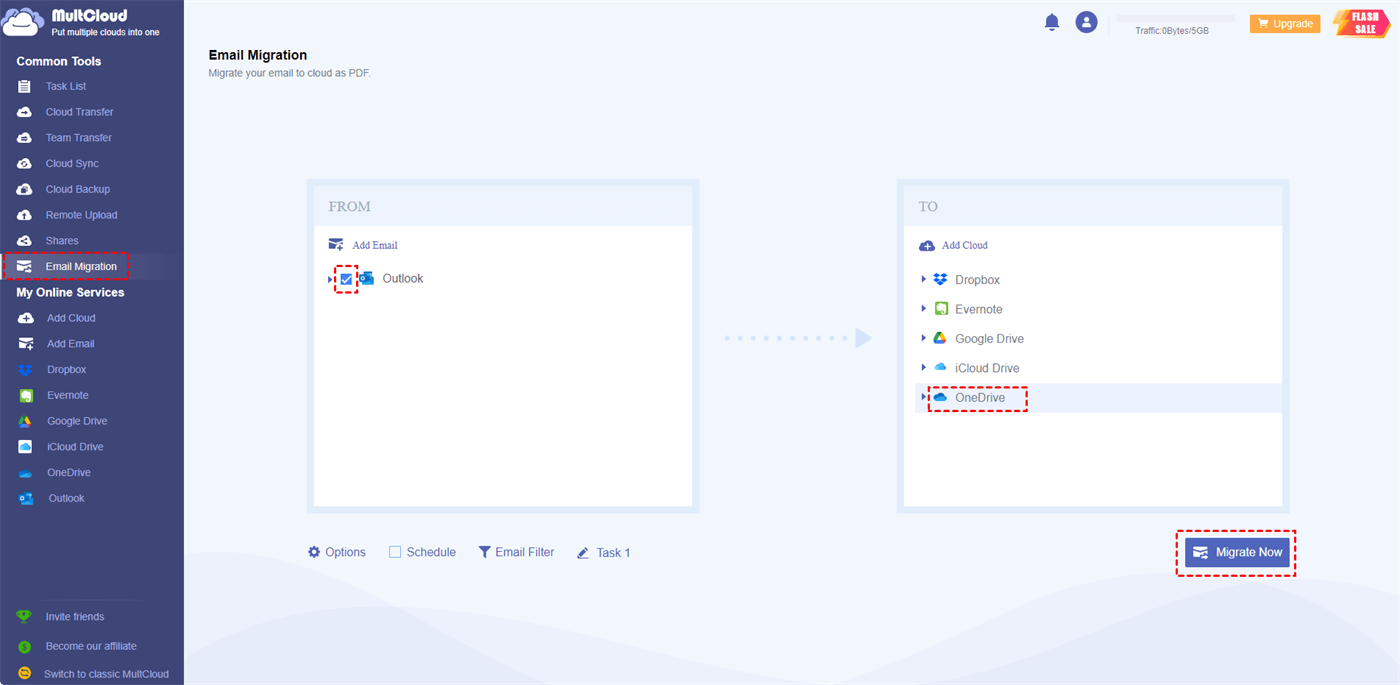Quick Search:
Introduction
Our email accounts are repositories of invaluable information, from important work correspondence to cherished personal memories. However, accidents happen, and the risk of data loss is ever-present. This is where the concept of Outlook backup and restore comes to the rescue. By implementing the right strategies, you can ensure the safety of your crucial email data and maintain peace of mind.
Why Make Outlook Backup and Restore?
Imagine a scenario where your computer crashes, or you inadvertently delete a critical email folder. Without a backup, retrieving lost data becomes a daunting and costly task. This is precisely why Outlook backup and restore should be an integral part of your digital routine. It provides a safety net, allowing you to recover your emails, contacts, and other essential data with minimal hassle.
In this complete post, we will show you how to backup and restore Outlook emails. After reading, you can have a try. Then, you won’t be worried about data loss anymore. Now, continue to read the following content.
How to Make Outlook Backup and Restore [Easiest]
When it comes to managing multiple cloud storage accounts and ensuring the safety of your Outlook data, MultCloud emerges as a game-changer. It serves as a centralized platform that enables you to connect various cloud storage services and mailboxes, including Google Drive, OneDrive, Dropbox, iCloud Drive, SharePoint, Gmail, Outlook, and more.
MultCloud’s intuitive interface and powerful features make it a go-to choice for managing, transferring, and yes, even backing up your Outlook data. Specifically, it allows you to perform automatic backups and quickly restore data when needed. This eliminates the need for manual, time-consuming processes, ensuring that your email data is consistently protected.
Let’s dive into detailed steps to backup Outlook to another cloud drive like OneDrive:
Step 1: Sign up for a MultCloud account for free. Or, log in with your Google/Facebook account.
Step 2: Add Outlook. Hit the Outlook icon to add, then give MultCloud access by following the guidance shown on your screen.
Then, go to Add Cloud. Press the icon of OneDrive to add and grant MultCloud permission.
Step 3: Email Migration. Then hit the Email Migration option, select Outlook as the source cloud, and choose OneDrive as the target source. Next, hit the Migrate Now tab. Then, the emails you choose will be moved to OneDrive.
By taking this action, a backup will be stored on OneDrive. If the emails in Outlook are lost for any reason, effortless recovery can be done from OneDrive. With MultCloud, you can bid farewell to the fear of data loss and confidently navigate the digital realm. It is also a good Gmail backup software, and you can backup Gmail emails to another cloud too.
Tip: You are able to make automated migration tasks to run the process at a specific time, daily, weekly, and monthly.
In addition to email backup and restore, MultCloud also helps you transfer, sync, and backup files and photos from one cloud to another cloud seamlessly and effortlessly. It provides you a direct way to move data between clouds without downloading and uploading, making it efficient to accomplish the task.
How to Make Outlook Backup and Restore [Manual]
For those who prefer a more hands-on approach, manual export and import methods provide a reliable way to backup and restore Outlook data. This involves exporting Outlook emails to PDF on your local device, and then backup them on your external hard drive or local drive. While this method requires more effort, it grants you complete control over the backup and restore process.
Meanwhile, when you have a great many emails to backup, the process can be troublesome and time-consuming. So, take advantage of this method only when you have a few emails and don’t want to turn to any third-party services.
Conclusion
In a world where digital information is both precious and vulnerable, safeguarding your Outlook data becomes paramount. The techniques discussed in this guide offer a lifeline in times of data crises. Whether you choose the convenience of MultCloud's automated backups or opt for a manual approach, the key takeaway is to take proactive measures to protect your valuable email data.
By making Outlook backup and restore, you can navigate the digital landscape with confidence, knowing that your Outlook data is secure, backed up, and ready for whatever the digital realm throws your way. Remember, safeguarding your Outlook data is not just a precaution; it's a proactive step towards securing your digital world. So, choose the method that suits your preferences and embark on your journey to worry-free email management.
Q: How often should I perform Outlook backups?
Q: Can I use MultCloud with other cloud storage services besides Outlook?
Q: Can I access my backed-up Outlook data from any device?
Q: Will using automated backup tools slow down my computer?
Q: Are automated backup tools compatible with both Windows and Mac?
MultCloud Supports Clouds
-
Google Drive
-
Google Workspace
-
OneDrive
-
OneDrive for Business
-
SharePoint
-
Dropbox
-
Dropbox Business
-
MEGA
-
Google Photos
-
iCloud Photos
-
FTP
-
box
-
box for Business
-
pCloud
-
Baidu
-
Flickr
-
HiDrive
-
Yandex
-
NAS
-
WebDAV
-
MediaFire
-
iCloud Drive
-
WEB.DE
-
Evernote
-
Amazon S3
-
Wasabi
-
ownCloud
-
MySQL
-
Egnyte
-
Putio
-
ADrive
-
SugarSync
-
Backblaze
-
CloudMe
-
MyDrive
-
Cubby




